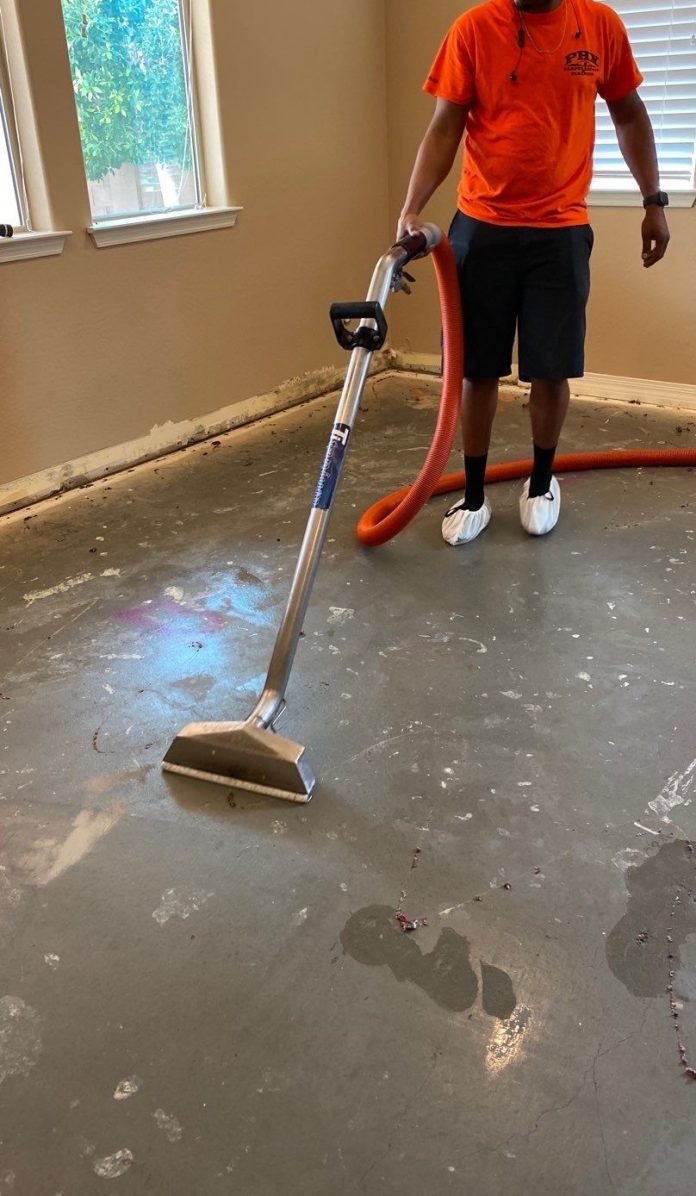To conduct your finest work as a water restoration professional, you’ll need top-of-the-line equipment. You can surpass your competitors if you have the necessary equipment, provide good customer service, and complete jobs quickly. Here is list of tools!
- 1. Dehumidifiers LGR
Dehumidifiers designed for wet basements aren’t as successful in repairing water damage. You’ll require a commercial LGR dehumidifier as a professional restoration contractor with a higher power.
What exactly is an LGR dehumidifier, and what is its function?
LGR (low-grain refrigerant) operates similarly to a regular dehumidifier, except it is more powerful and works on a broader temperature range. To get what you require, you should go to various top regarded LGR dehumidifier firms, like Phoenix and Dri-Eaz. Some latest dehumidifiers also have Bluetooth technology, enabling data tracking and other high-tech features.
The DryMAX LGR dehumidifiers are popular among water damage repair specialists for a reason. You may utilize these models in harsh situations, in addition to being small and much easier to carry about than other LGR dehumidifiers.
The American-manufactured versions were meant to withstand 33 to 110 degrees Fahrenheit temperatures. Both types are also strong, removing significant amounts of moisture from your environment without consuming much energy.
If you want comparable capabilities with a few enhancements like an inbuilt condensate pump and Bluetooth connectivity, the Phoenix DryMAX XL is a good option.
- 2. Air Mover
Air movers, also known as air blowers, function with dehumidifiers to swiftly dry areas of a property such as drywall, flooring, and carpet. In some cases, the drywall may need to be removed to allow the wall structure to cure. Other times, it may simply be necessary to cut holes to allow airflow from the air mover to enter that region. It’s critical to have an air mover in any of these conditions to finish the drying process.
WDR contractors use axial and centrifugal fans to provide the best airflow for producing drier conditions and transporting damp air that is sucked up by dehumidifiers. New versions, with rotomolded plastic exteriors, are more forgiving of bumps and scratches, and their lightweight, ergonomic forms are simple to transport up and downstairs, rapidly place and remove.
VP33 Air Mover by B-Air Vent is a centrifugal air mover that swiftly dries floors and walls. It’s a rotomolded air mover that works on hard floors, carpet, and divisions at an economical price.
- Purification of air
A large-scale operation involving dust or mold requires air scrubbers. Furthermore, suppose category three or black water damage has occurred. In that case, air purifiers are needed to assist in the removal of germs and toxic materials left in the affected regions by the water.
- Detector for Moisture
Moisture detectors are tiny portable devices that detect water damage in the vicinity of drywall, flooring, trim, and other surfaces. They can also tell how bad the damage is. They’re helpful when inspecting a task to identify where to focus your water removal efforts and check a job to ensure all moisture has been removed.
Moisture detectors are utilized in the water damage repair business in various ways. Electromagnetic sensors are helpful in screwless moisture meters to locate the dampness that is inflicting internal damage. As they have a smooth surface, they are ideal for sensing water on the surface.
- Containers for Self-Propelled Dumping
As a restoration professional, you need an excellent debris management plan whether you’re new to the field or want to increase your efficiency on the job. The most valuable equipment for transporting water-damaged objects from the construction site is self-propelled dump containers. They can also elevate dehumidifiers and other drying equipment to windows on the first or second floors.
A light wand is a tool for removing water and cleaning carpets, and it is perfect for removing moisture from glued carpeting and extracting water that has been collected in the carpets.
- Weighted Drag Tool
For extraction on carpeted surfaces, a weighted drag tool is commonly utilized. It operates by squeezing a suction nozzle into the carpeting and underlying and removing water as the device moves across it.
















